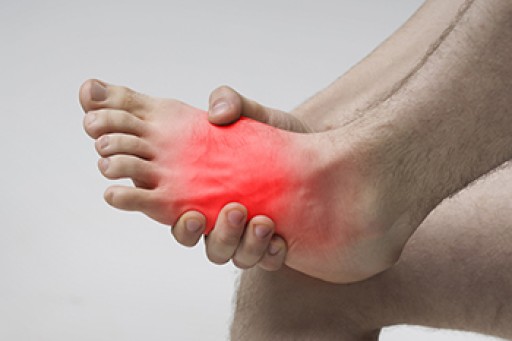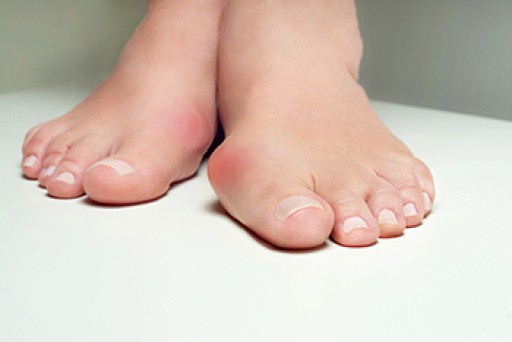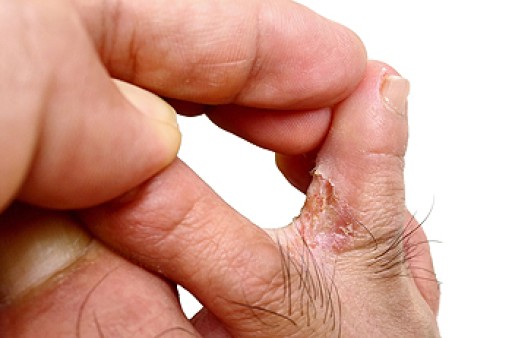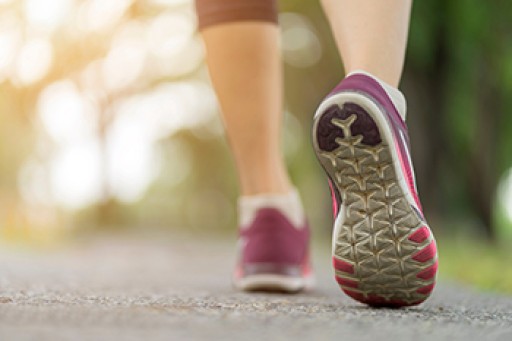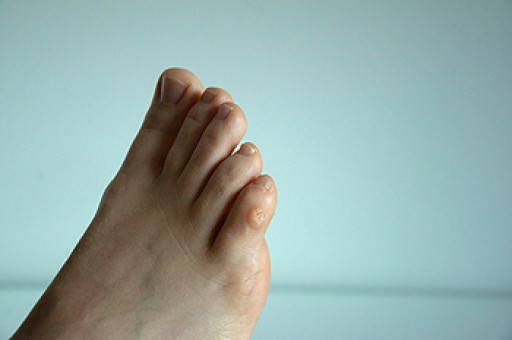
It is believed that 75 percent of people will at some point experience foot pain. This should not come as a surprise, since we are on our feet numerous times daily for nearly our entire lives. The main cause of most foot pain starts with wearing shoes that do not fit properly, are tied too tightly, have heels that are too high, or squeeze the toes. Even exercising in shoes not appropriate for the activity can cause pain in your feet as well as legs, hips, and back. Long term effects include bunions, blisters, corns, and calluses. The next likely cause of foot pain is the way you walk. Rolling your feet inward or outward when you walk can be the cause of other problems, such as flat feet, arch pain, and heel pain. Certain medical conditions, such as gout and arthritis can cause painful inflammation of the bones, ligaments, and tendons of the feet. And since the feet have 26 bones, 33 joints, and more than 100 ligaments, this can be a problem. Finally, running on hard surfaces for long periods of time can cause stress fractures and other foot injuries. A podiatrist is an expert on dealing with the many causes and treatment of foot pain. Whether your pain is immediate or ongoing, it is a good idea to consult with a podiatrist.
Foot Pain
Foot pain can be extremely painful and debilitating. If you have a foot pain, consult with Alex Kim, DPM from AVID Foot & Ankle Center. Our doctor will assess your condition and provide you with quality foot and ankle treatment.
Causes
Foot pain is a very broad condition that could be caused by one or more ailments. The most common include:
- Bunions
- Hammertoes
- Plantar Fasciitis
- Bone Spurs
- Corns
- Tarsal Tunnel Syndrome
- Ingrown Toenails
- Arthritis (such as Gout, Rheumatoid, and Osteoarthritis)
- Flat Feet
- Injury (from stress fractures, broken toe, foot, ankle, Achilles tendon ruptures, and sprains)
- And more
Diagnosis
To figure out the cause of foot pain, podiatrists utilize several different methods. This can range from simple visual inspections and sensation tests to X-rays and MRI scans. Prior medical history, family medical history, and any recent physical traumatic events will all be taken into consideration for a proper diagnosis.
Treatment
Treatment depends upon the cause of the foot pain. Whether it is resting, staying off the foot, or having surgery; podiatrists have a number of treatment options available for foot pain.
If you have any questions, please feel free to contact our office located in Little Elm, TX . We offer the newest diagnostic and treatment technologies for all your foot care needs.
